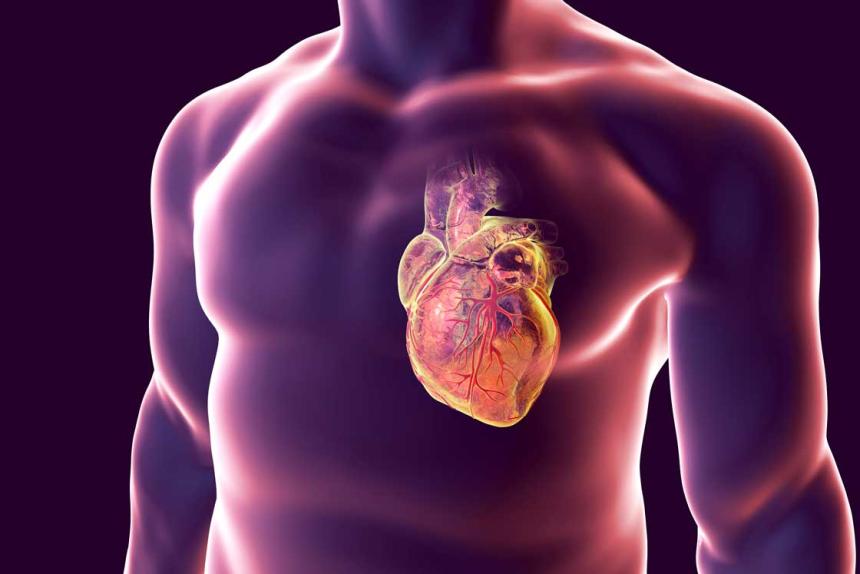What Happens During a Heart Attack

The term “heart attack” is kind of a misnomer. Nothing actually attacks your heart. So, what really happens during a heart attack?
In a nutshell, a coronary artery becomes blocked. This prevents blood from flowing to the heart, and as a result your heart muscle is damaged.
The medical term is myocardial infarction. "Myo" means muscle. "Cardial" refers to the heart. "Infarction" means tissue death due to lack of blood supply. Myocardial infarction and heart attack mean the same thing.
Now that you know the basics of what happens during a heart attack, here’s a closer look at the mechanics.
Feeding Your Heart for Heart Attack Prevention
Your brain may crave delicious food, but your heart is a practical organ. It just needs oxygen and nutrients found in your blood. Coronary arteries supply the blood, giving your heart the fuel it needs to do its job. Each coronary artery supplies blood to a different part of the heart muscle.
Clogged Supply Lines: A Common Cause of Heart Attacks
Sometimes cholesterol and fat build up inside of your artery walls and restrict blood flow to your heart. This buildup of plaque is called atherosclerosis. The result – narrowed or blocked arteries – is called coronary artery disease.
A heart attack occurs when a coronary artery is blocked. When that happens, part of your heart muscle (the part a given artery feeds into) doesn’t get the blood it needs, causing permanent tissue damage.
How An Artery Blockage Forms
Fatty plaques inside your arteries form over time, so they can slowly choke an artery’s blood supply. But they also set the stage for a different type of blockage.
Soft plaque in your arteries can develop a hard, fibrous cap. If that cap cracks, your body sends blood clotting cells to repair the break. Usually, this natural healing process is a good thing, like when you have a cut on your skin. Inside your arteries, however, those cells can form a clot that cuts off blood flow.
Other Causes for Heart Attacks
It’s possible to have a heart attack without atherosclerosis. These are some of the other health factors that increase heart attack risk:
- Rapid heartbeat
- Low or high blood pressure
- Congenital abnormalities
- Hypercoagulation (excessive blood clotting)
- Certain diseases, including diabetes and rheumatoid arthritis
Signs of a Heart Attack
Unlike people who have heart attacks on TV and in the movies, chances are you won’t clutch your chest and topple over. A few of the many signs of heart attack include:
- Discomfort in the center of your chest
- Pain or discomfort in other areas of the upper body
- Shortness of breath
- Sweating
- Nausea
- Light-headedness
- Rapid or irregular heart beats
- Nausea and vomiting (more often experienced by women)
- Back and/or jaw pain (more often experienced by women)
Because heart attack signs vary across individuals, it’s a good idea to talk to your doctor about your risk. And if you have an MDVIP-affiliated doctor, you’re in luck on this front, because your annual wellness exam includes advanced health screenings and diagnostic tests that can potentially spot problems early on.
Whether or not you have existing heart disease, you and your doctor can work together on an action plan that boosts your heart health – and your overall emotional and physical health, too.
Don’t have a primary care physician? Consider partnering with an MDVIP-affiliated physician. MDVIP doctors have the time to work with you and develop a wellness plan that can help you prevent cardiovascular disease. Find a physician near you and begin your partnership in health »